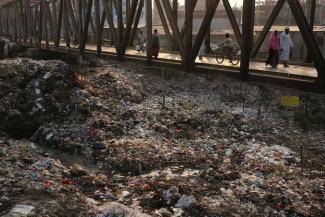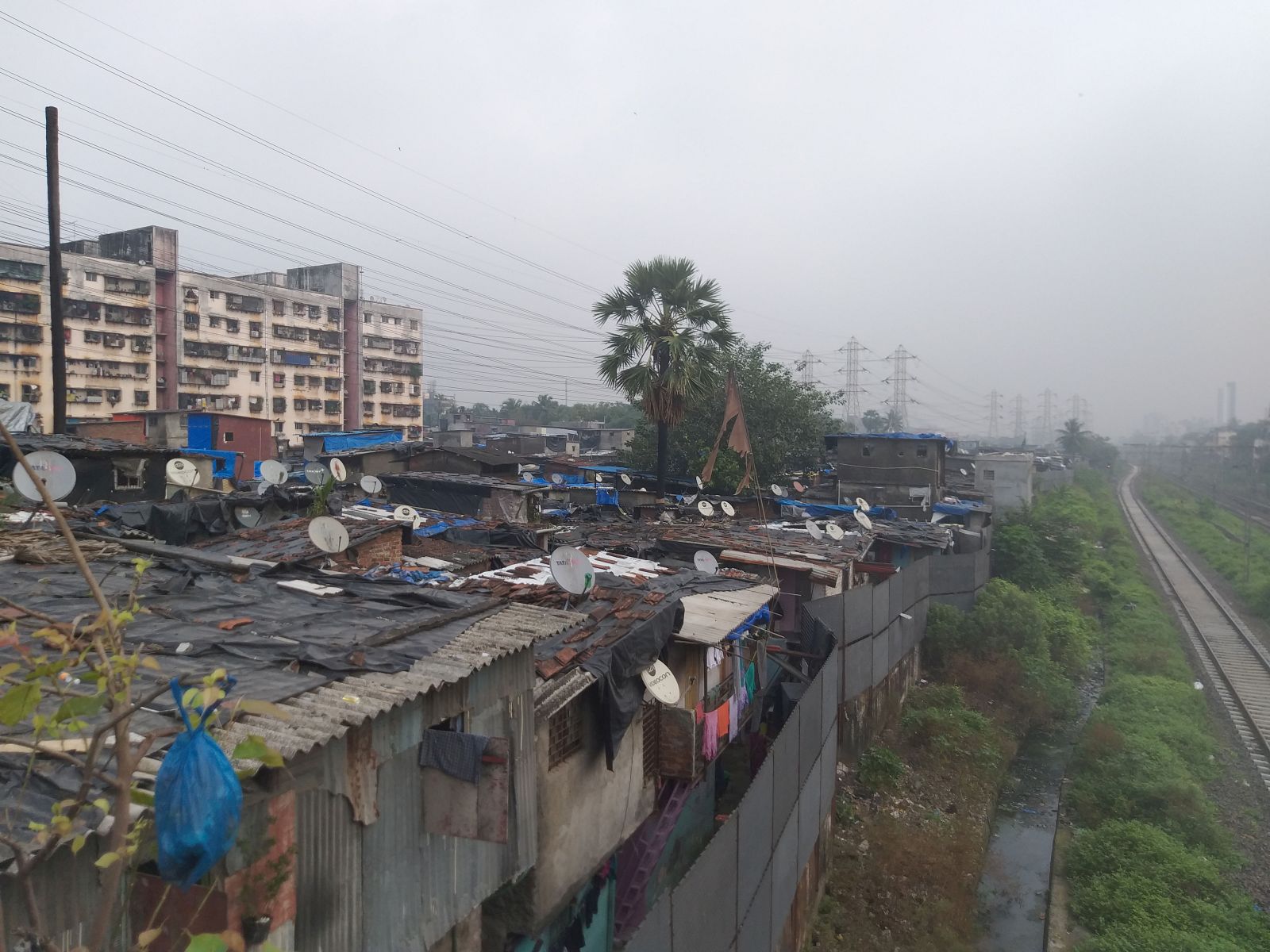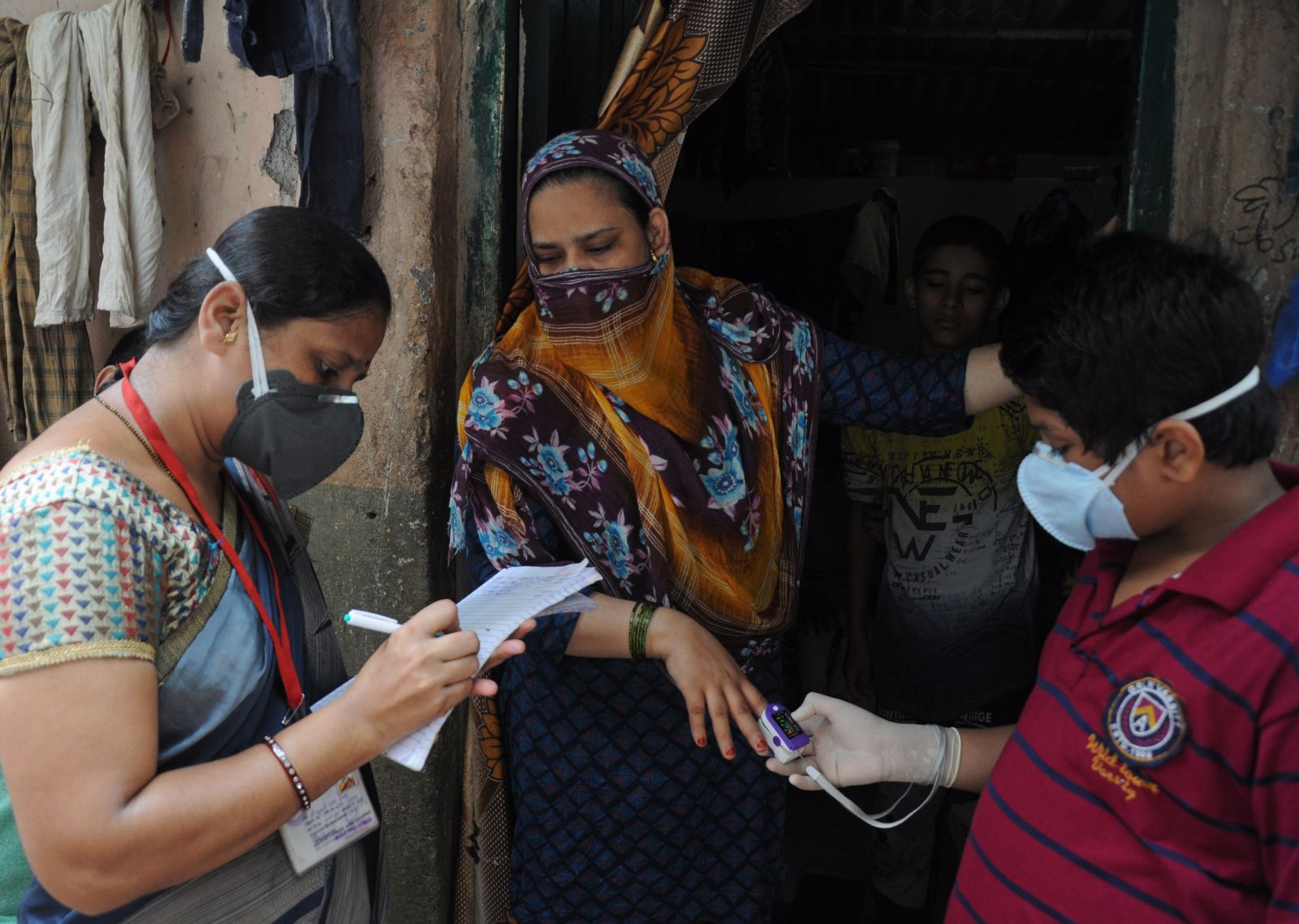Waste management
Awash in trash

The tide of trash is rising quickly. Only six years ago, the first edition of “What a Waste” estimated global waste production at 1.3 billion tonnes. The upward trend is due to growing cities, rising incomes and an increasing world population, argue the authors, Silpa Kaza, Lisa Yao, Perinaz Bhada-Tata, and Frank Van Woerden.
The solid waste has various sources. Food and other biodegradable waste comprises 44 % of the total. Close behind are dry recyclables such as plastic, paper, cardboard, metal and glass, with a combined 38 %. The rest spans a range of materials including wood, rubber and leather.
Plastic waste is a particular challenge – and far too much ends up in the oceans. “In 2016, the world generated 242 million tonnes of plastic waste – 12 % of all municipal solid waste,” the report says. “Unlike organic waste, plastic can take hundreds to thousands of years to decompose in nature.” This waste leads to considerable health and environmental damage, the report says: “Plastic waste is causing floods by clogging drains, causing respiratory issues when burned, shortening animal lifespans when consumed, and contaminating water bodies when dumped into canals and oceans.”
Today, garbage problems particularly haunt low-income countries with only rudimentary systems for collecting and managing waste. Therefore, only about 39 % of the trash is collected in the first place, compared to nearly 100 % in high-income countries. “Open dumping is prevalent in lower-income countries, where landfills are not yet available,” the authors point out. “About 93 % of [uncollected] waste is burned or dumped in roads, open land, or waterways.” The World Bank estimates that low income countries will generate three times more trash in 2050 than they do today.
Building and using landfills is typically the first step toward solving this problem in a sustainable way. Yet only three percent of the waste is deposited in landfills in low-income countries, compared to 39 % in high-income countries. Recycling, which requires infrastructure investment, accounts for only 3.7 % of trash disposal in low-income countries, compared to 29 % in high-income countries.
These comparisons point the way to some possible solutions. Investing in collection, recycling and disposal infrastructure makes economic sense, the authors note, as the benefits tend to be worth several times the costs of “simple, adequate waste management systems.”
Investments are needed, the authors point out. Moreover, they call for policy measures that promote comprehensive waste collection, more recycling and safe disposal systems. The EU, for example, has set a goal of making all plastic packaging recyclable by 2030. It has outlined 10 key indicators for monitoring the progress made towards a recycling-oriented “circular economy”.
South Korea, meanwhile, has established a waste-management information system which digitally records statistics from waste generation to transportation. A second system aims to cut waste at the source. To open food-waste disposal bins, people need a card with personalised radio-frequency identification (RFID) chip. This enables authorities to charge households based on the amount of waste they deposit.
Other policy measures tackle the social side of waste management, such as improving the lot of so-called “waste pickers” who provide a sorting service, facilitating rudimentary recycling in low-income countries. The Recuperar cooperative in Medellín, Colombia, is an example, its waste pickers earn 1.5 times the minimum wage. They have health and accident insurance and are entitled to loans.
In a broader sense, correct trash management requires a comprehensive view of the life cycles of products and their components. Products and packaging should be designed with an eye to reducing environmental harm.
Policy measures should counteract the “throw-away” mentality and promote awareness of the environmental, health and social impacts of improper waste management. That, in turn, would help to stem the tide of trash that threatens to engulf the planet.
Aviva Freudmann is a free-lance author based in Frankfurt.
frankfurterin2009@gmx.de
Link
Normal 0 21 false false false /* Style Definitions */ table.MsoNormalTable {mso-style-name:"Normale Tabelle"; mso-tstyle-rowband-size:0; mso-tstyle-colband-size:0; mso-style-noshow:yes; mso-style-priority:99; mso-style-parent:""; mso-padding-alt:0cm 5.4pt 0cm 5.4pt; mso-para-margin:0cm; mso-para-margin-bottom:.0001pt; mso-pagination:widow-orphan; font-size:10.0pt; mso-bidi-font-size:12.0pt; font-family:"Liberation Serif",serif; mso-fareast-language:ZH-CN; mso-bidi-language:HI;}
World Bank, 2018: What a Waste 2.0. A Global Snapshot of Solid Waste Management to 2050.
https://openknowledge.worldbank.org/handle/10986/30317











